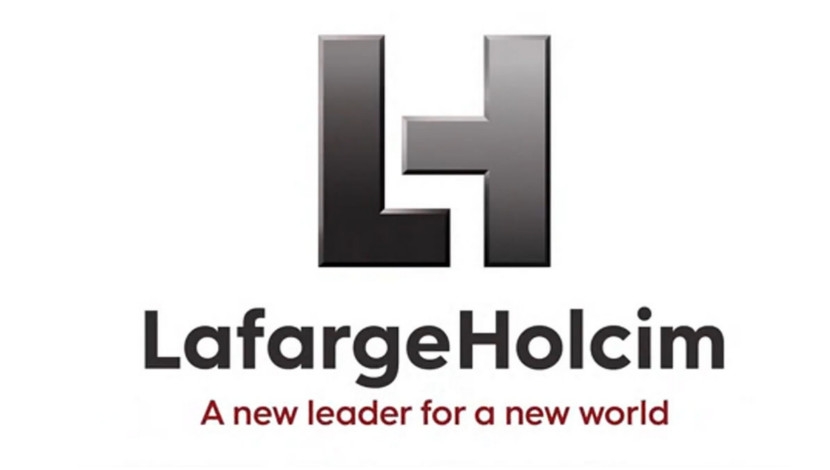
![Lake Kariba Dam Wall - [http://lusakavoice.com/wp-content/uploads/2015/08/The-Kariba-Dam-was-the-first-to-be-built-on-the-river-and-is-one-of-the-largest-in-the-world.jpg]](https://concretetrends.dmgeventslive.com/wp-content/uploads/2016/10/4b117d276fec117bc8820e5c4f0be830.jpg)
Work on the rehabilitation of the Kariba Dam wall, which hosts the giant Kariba Hydro-Electric Station that generates electricity for Zimbabwe and Zambia is set to commence in February 2017, the Zambezi River Authority (ZRA) has announced.
ZRA chief executive officer, Munyaradzi Munodwafa, said work on the main component, which would be focused on a re-modelling of the plunge-pool to minimise a scouring of its foundations would commence in February 2017 and continue up to early 2020.
Advanced repair works on all six spill-way gates around the dam wall are set to commence in July 2017 and continue up to July 2024. In April 2015, the total project cost was estimated at US$294m, which would be released in batches spread over the duration of the works.
“Tenders for works on the plunge pool will close on October 23, 2016, and for the sluice gates tenders will be opened in November while the bidder is expected to be appointed by June 2017. Without functional sluices, the reservoir level cannot effectively be maintained to take into account the flood regime of the Zambezi River,” he says.
The project was funded by partners who include the European Union, the World Bank, the African Development Bank and the government of Sweden to help the governments of Zimbabwe and Zambia avert a possible collapse of the dam wall.
An expert assessment found that the structural integrity of the 55-year-old dam wall had been compromised by erosion of the plunge pool, with the foundations chipped down to depths of up to 90m beyond permissible levels through advanced alkali-silica reaction in the concrete.
Apart from the loss of the two hydro-electric plants, a collapse of the wall also posed a massive risk of flooding in Zimbabwe, Zambia, Malawi and Mozambique in the event of the Zambezi River bursting its banks due to a sudden emptying of the 250-km-long water reservoir, which makes up Lake Kariba.





